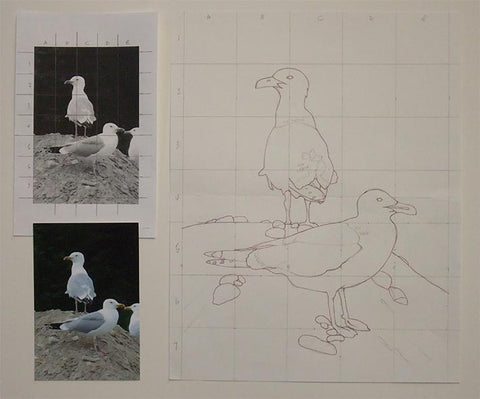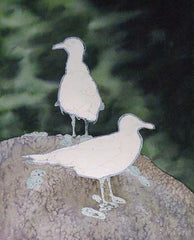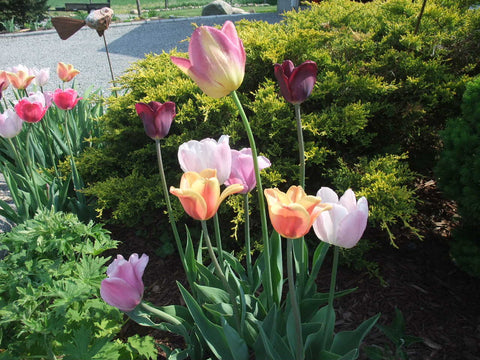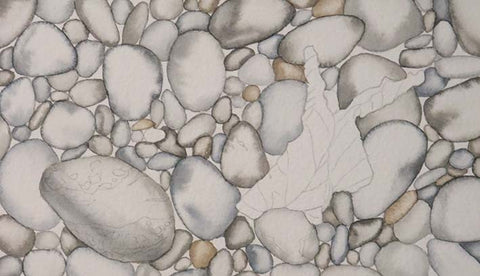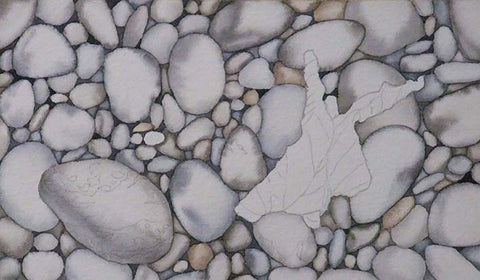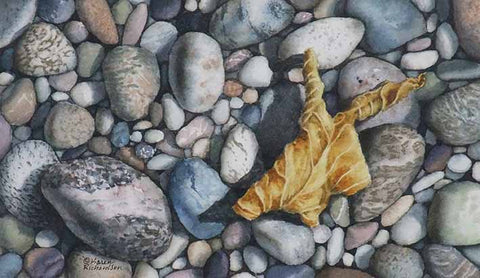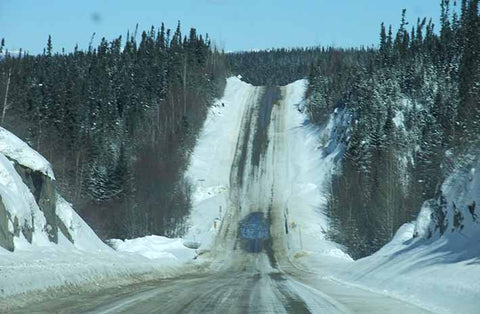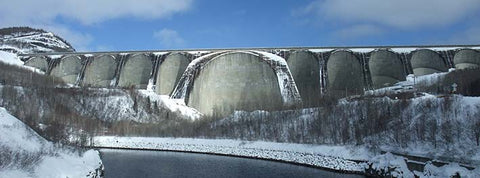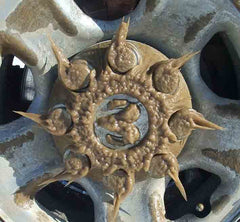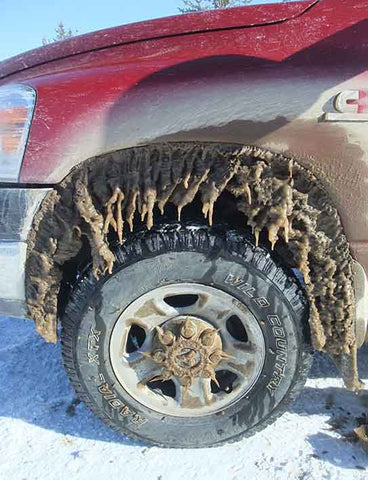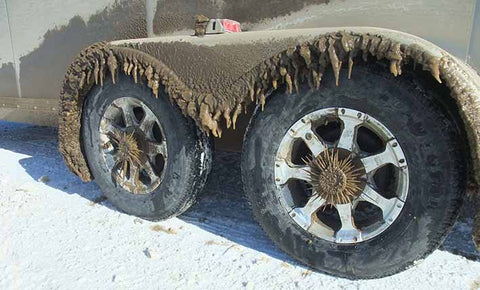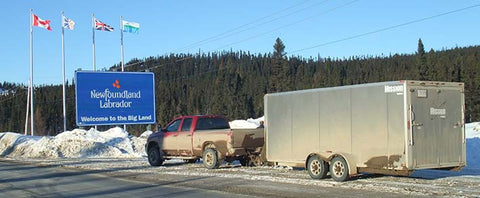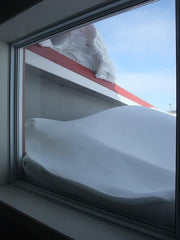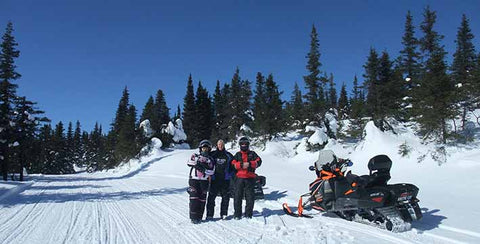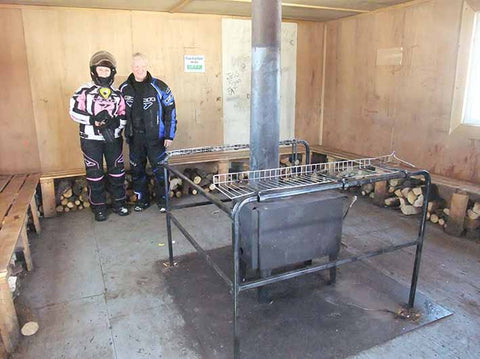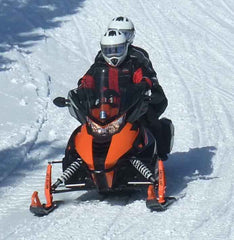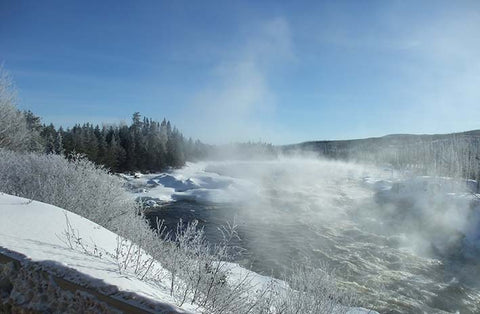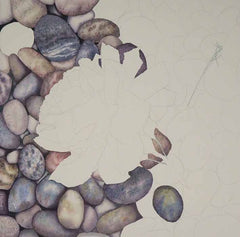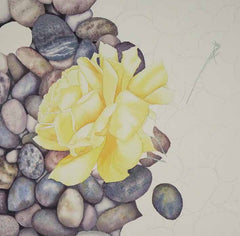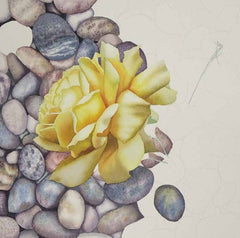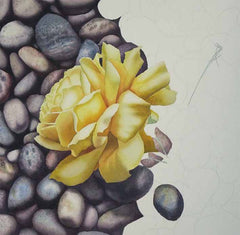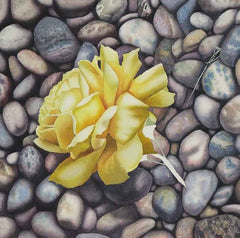
I completed this painting, February Flow, 18 x 24", just before Christmas and I have to say, I am enthralled with it. I don't know if my reasons are just sentimental (the scene is about ten miles from where I grew up), or if they are objective, but I feel like I captured something very special in this piece.
It has a Zen-like quality and looks deceptively simple. The painting is full of contrasts such as light/dark, still/moving, fragile/strong, simple/complex, quiet/noisy, and frozen/liquid. The complementary colour scheme of cool blues and warm browns is a favourite of mine.
Let me share with you some of the earlier stages of this remarkable painting.
I found the subject matter quite by accident. It started with this view of the Petawawa River, near its confluence with the Ottawa River (shown below).

We were there on a snowmobile trip with friends last February, and stopped briefly on the trail so I could take some photos. The sun was shining on my camera's digital display, and I had my helmet on, so I couldn't see what I was photographing exactly. I just pointed the camera at the river and took the shot. It wasn't until I reviewed my photos at home after the trip, that I noticed the lower left part of the scene. Here it is enlarged (shown below).
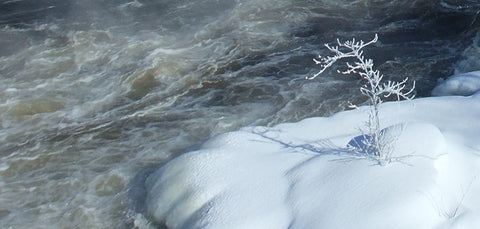
I knew it would be a great painting subject, and finally last month I got to it. I decided on a fairly large format (18 x 24") to do justice to this scene.
After I drew a detailed sketch onto my watercolour paper, I masked out the sapling and painted in the first shadow layer on the snow, working on wet paper (shown below).

The next day, I re-wet the snow area with clear water and added a second layer to the snow shadows (shown below).

The next day, I started painting the river. This was the difficult part of the process. I followed my reference photo very carefully, to recreate the shapes and values (lights and darks) so it would look like rapids. Here, the river is about half way complete (shown below).

And here is the stage where the river is pretty well finished. I removed the masking fluid and painted the ice on the sapling (below).

The next day, once the paper was fully dry, I tweaked a few shadows here and there, and darkened some sections of the river to complete the painting (shown below).

I titled the painting 'February Flow' because I am becoming more aware of how truly precious our fresh water is, how lucky Canadians are to have an abundant flow of clean water in our rivers and lakes, and how important it is that we protect our fresh water resources for future generations.
To see some framed views of this piece, click here.
If you have comments you wish to share, please do so using the 'Leave a Comment' button at the top of this post.
Subscribe to Karen's Newsletter for exclusive early access to new work, studio news updates, travel tales, painting tips, and notices of upcoming exhibitions.












